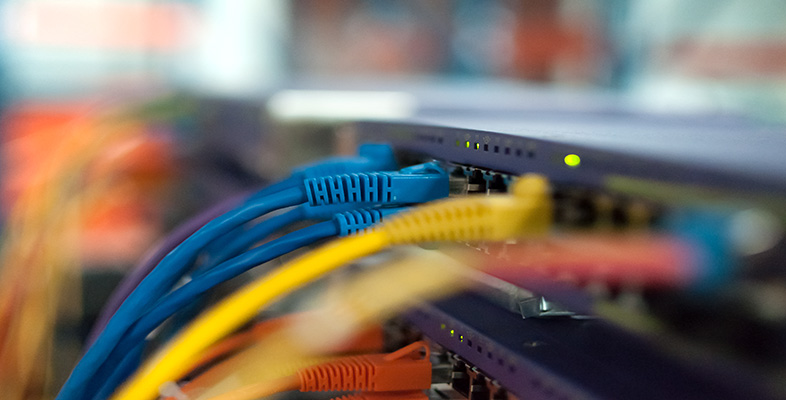4 Wireless networks
4.1 Introduction
The focus of Section 3 was on LANs that use some kind of physical medium (for example, copper wires or fibre-optic cables) to connect together network nodes. In this section we'll be examining wireless networks – that is, networks that transmit data through the air (or space) using radio waves.
There's nothing new about wireless: the principles of transmitting information using radio waves were discovered over a century ago. However, using radio waves to provide the transmission links in a network is a relatively new and fast-growing technology. It enables us to connect into networks in public places like airports and city centres without needing a wired link.
You may already know a little about using radio waves to connect into a network. You may have heard or read news reports that discuss wireless networks. You may even have some experience of using them yourself. If you use a mobile phone, Bluetooth®-enabled device, or connect your computer to a network using WiFi, then your communications will be using radio waves.
In this and the next section we shall be outlining some of the principles of wireless transmission and then looking in more detail at two particular wireless standards – WiFi and Bluetooth. We'll also be discussing some of the issues arising from the deployment of wireless networks
Activity 15: exploratory
-
Spend a short time – not more than 3 or 4 minutes – jotting down some notes on what you know about how wireless networks operate. (If you don't know anything about wireless networks yet, just move on to the next part of the activity.)
-
Based on what you have learned about wired LANs in Section 3, jot down a few things you would like to know about wireless networks.
Discussion
Of course, we can't guess what you already know or would like to know. Your notes might be about what equipment is needed, what data rates are possible, whether there is a limit on the distance between nodes or a limit on the number of nodes a wireless network can support. Or they might be something different.
The value in this activity is that you have thought about two important questions: 'What do I already know about this topic?' and 'What further things would I like to know about this topic?' Many people find that this sort of approach helps them to become more active in their learning because it gives them a focus and helps them to engage more effectively with the topic. See if it works for you.
